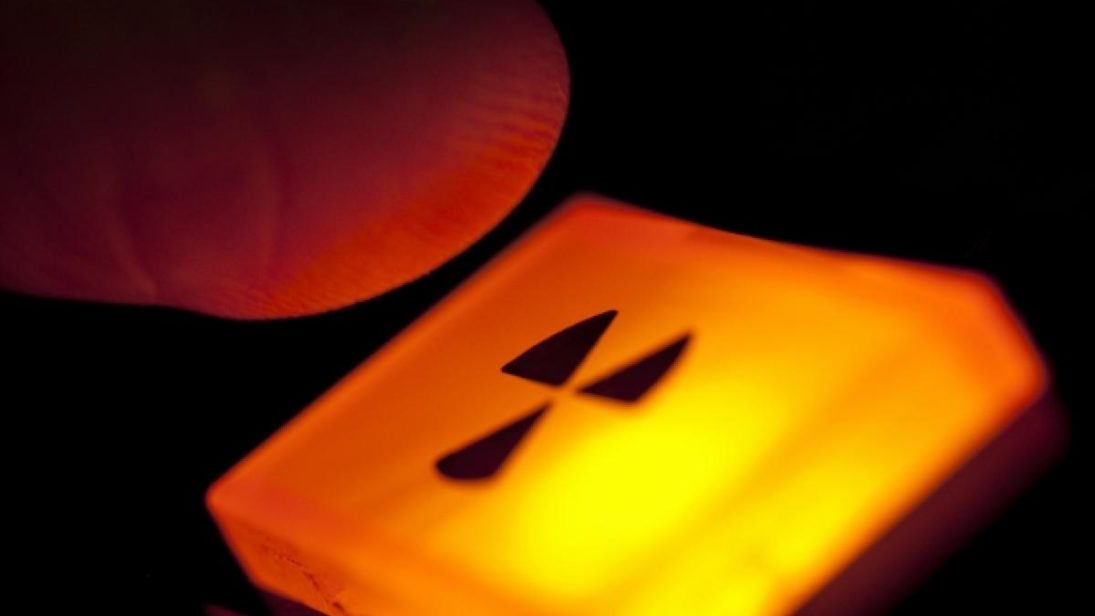
Point, Counter-Point:
Counting Nukes – numerical parity essential for nuclear deterrence?
The concept of nuclear parity began to prevail in international relations during the Cold War era. According to the Dictionary of Military and Associated Terms by the U.S. Department of Defense (2005): “Nuclear parity is a given condition at a given point in time when opposing forces possess nuclear offensive and defensive systems approximately equal in overall combat effectiveness.”
As a theoretical concept it is regarding keeping equilibrium in the balance of power, weaponry, and in the context of this piece, nuclear arsenals. In this view, nuclear deterrence cannot be achieved without nuclear parity. A state can deter an offensive if it has equal power to retaliate – this view is also reflected in the basic Realist concept of the Balance of Power in global politics observed throughout the Cold War era.
Historical Perspective
World War II ended with the U.S. nuclear attacks on Hiroshima and Nagasaki in 1945. The United States emerged as the sole nuclear power in the post-war era. This status gave a sense of uneasiness to the Soviet Union (USSR) in particular. Through this step the United States wanted to become the Ruler of the Game. In essence, U.S. superiority in nuclear weaponry became the core reason of Cold War. To counter U.S. nuclear capability, the USSR developed its own nuclear armaments and delivery systems. During the 1960s, the United States had the upper hand with around 30,000 nuclear weapons. In the early 1960s, the USSR had a counter-value, “unlimited retaliatory strike” policy. However, to tackle U.S. pre-eminence, the Soviet regime accelerated the pace of its nuclear program and by the 1978 surpassed U.S. stockpile numbers.
This policy of nuclear parity for deterrence not only sustained the global balance of power but also helped sustain a peaceful and stable world system for decades. The same is the case with Pakistan and India. The neighbors have taken a hostile stance since 1947 – engaging in copious border clashes and even full-fledged wars. Since the 1970s, both states have engaged in a “nuclear arms race” in order to gain a stronger foothold in regional power politics. Neither is ready to halt the development process of these weapons. Therefore the pursuit of nuclear parity for deterrence is fully in effect in South Asia.
India’s Nuclear Program
India’s nuclear program was initiated in 1944. As per Indian sources, it was a program for civil and energy purposes. India’s 1974 nuclear test radically changed the power balance of South Asia. Despite numerous international sanctions, India continued its nuclear program. In 1995, the Indian governments again made preparations for a nuclear test but its activities were detected by the United States. The test was postponed but in 1998, the BJP government conducted the nuclear tests on May 11 and 13, 1998.
Pakistan’s Nuclear Program
After Indian nuclear tests in 1974, the power balance tilted towards India. Pakistan as an arch rival concerned about rising Indian power could not afford this change in regional politics. So to maintain the regional balance and to deter any Indian offense, Pakistan initiated its nuclear program under Zulfiqar Ali Bhutto in the 1970s. Following India’s 1998 nuclear tests, and despite immense international pressure, Pakistan conducted nuclear tests on May 28 and 30, 1998. In a post-test news conference, the PM of Pakistan argued that the tests were “forced by the present Indian leadership’s reckless actions” and that it was “in the interest of national self-defense… to deter aggression, whether nuclear or conventional.”
Arch Rivalry and Nuclear Parity
The international community was alarmed after both Pakistan and India became overt nuclear powers, warning of the risks of an arms race in the region. Strategic relations between both states went from bad to worse right after the nuclear tests. The 1998 Kargil War and intense border hostility in 2001-02 widened the gap between the neighboring states. Additionally, both states refused to become the part of Non-Proliferation Treaty (NPT), Comprehensive Test Ban Treaty (CTBT), and Fissile Material Cut-Off Treaty (FMCT).
Despite international fears, the pursuit of nuclear parity is present, functional, and growing between Pakistan and India. Both states are mounting their nuclear stockpiles. Pakistan is quite undersized territory-wise against India and because of the trust deficit between both states, they are developing modern systems to deliver nuclear warheads and expanding capabilities to produce fissile material for military purposes. According to the Stockholm International Peace Research Institute (SIPRI) 2013 Yearbook, India has around 90-110 nuclear weapons while Pakistan acquires 100-120 nuclear weapons in its stockpiles. These numbers and the hostile policies of both states clearly depict that they believe in nuclear parity for nuclear deterrence.
***
Image: Davidhills, Getty